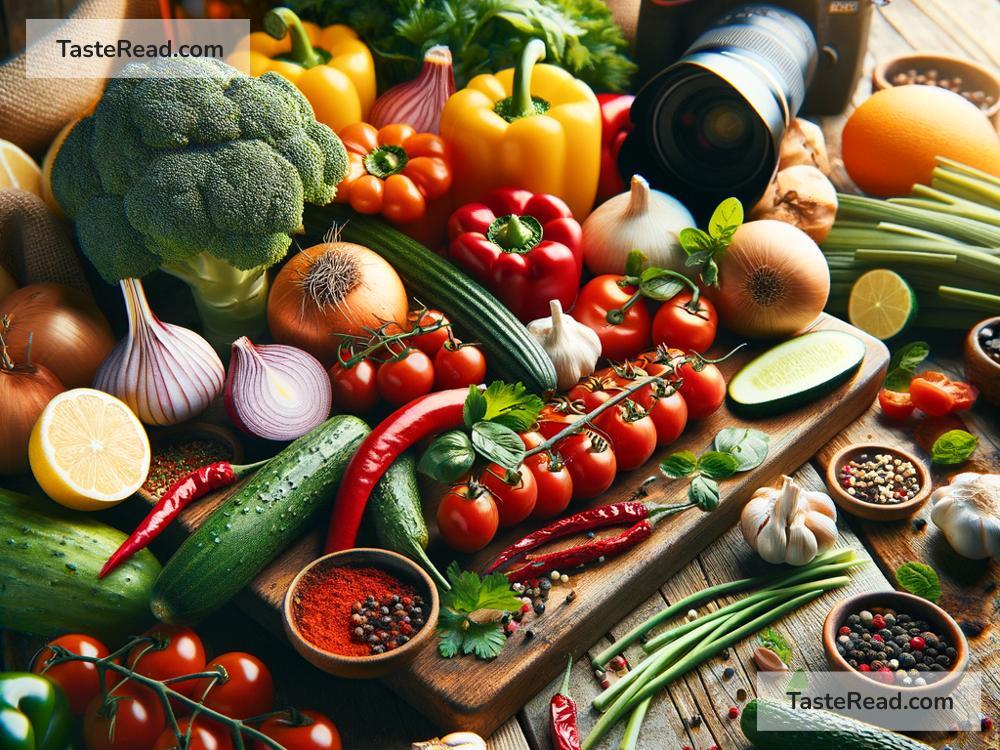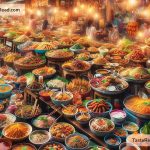Title: Master the Art of Food Photography: A Guide to Highlighting Ingredients
Are you intrigued by the eye-catching food photos you see on social media, and do you wonder how to recreate those yourself? Whether you’re a chef wanting to showcase your culinary creations, a food blogger aiming to share your gastronomic adventures, or just a food enthusiast wanting to snap your meal prep, this guide is for you. Today, we’re diving into how to take photos of food with a special focus on ingredients.
Let’s get started!
1. Embrace Natural Light
The first secret to stunning food photos lies in the lighting. Forget about using your kitchen’s fluorescent lights or your room’s LED bulbs. Natural light is your best friend when it comes to food photography. It brings out the true colors and textures of your ingredients, making them look fresh and appealing. Try to position your dish near a window where ample soft, diffused light is available. However, avoid direct sunlight as it can cause harsh shadows and highlights.
2. Simplify Your Background
A cluttered background can take the focus away from your delicious food and its ingredients. To keep the viewer’s attention on the food, use simple backgrounds. A solid-colored table, a wooden board, or a plain cloth can work wonders. The idea is to complement the food, not compete with it. Neutral colors like white, black, and gray, or materials that evoke a natural and rustic feel are usually a safe bet.
3. Arrange Your Ingredients Artfully
Highlighting your ingredients means more than just placing them next to your dish. It’s about telling a story or showcasing the freshness and quality of what goes into the recipe. Be deliberate in how you arrange them. For instance, if you’re photographing a tomato basil pasta, consider laying out fresh tomatoes, a basil leaf, and maybe even a sprinkle of salt around the plate. The key is to arrange them in a way that looks natural and inviting, not forced or overly styled.
4. Play with Textures and Colors
Ingredients come in a variety of textures and colors, and playing these off against each other can add depth and interest to your photos. A vibrant red strawberry against a stark white yogurt or glistening, fresh greens next to a golden-baked pie can create a delightful contrast. Don’t be afraid to let some ingredients overlap slightly or let some textures and colors steal the spotlight.
5. Find the Perfect Angle
Not all dishes look best from the same angle. While some foods (like burgers or stacks of pancakes) invite you to take a photo from the side to show off the layers, others (like soups or pasta dishes) might be more appealing from above. Experiment with different angles to find which one best highlights the ingredients and the dish itself. Remember, the goal is to make the viewer want to reach into the photo and take a bite.
6. Get Up Close and Personal
One way to focus on the ingredients specifically is to zoom in close. This doesn’t mean you need a special lens; simply get closer to your dish before taking the photo. Capturing the detail of the ingredients—like the seeds on a strawberry or the grains of salt on a chocolate chip cookie—can draw the viewer in and celebrate the quality of the components used in your cooking.
7. Use Gentle Editing
A little adjustment in post-production can go a long way in making your food photos pop. You might want to brighten the image, boost the saturation slightly, or adjust the contrast to bring out the textures more. However, be careful not to overdo it. The food should still look natural and delicious, not overly processed or fake.
8. Practice, Practice, Practice
Like any other skill, mastering food photography takes practice. Don’t be discouraged if your first few attempts don’t turn out as you hoped. Keep experimenting with different dishes, ingredients, lighting conditions, and camera settings. Over time, you’ll develop an eye for what looks best and find your own unique style.
By focusing on the ingredients, you not only tell the story of the dish but also celebrate the beauty of natural produce and the care that goes into selecting them. Remember, the goal of food photography is to convey the taste, texture, and appeal of the dish through a picture. With these tips, you’re well on your way to capturing mouthwatering food photos that will make everyone’s stomach rumble. Happy shooting!


